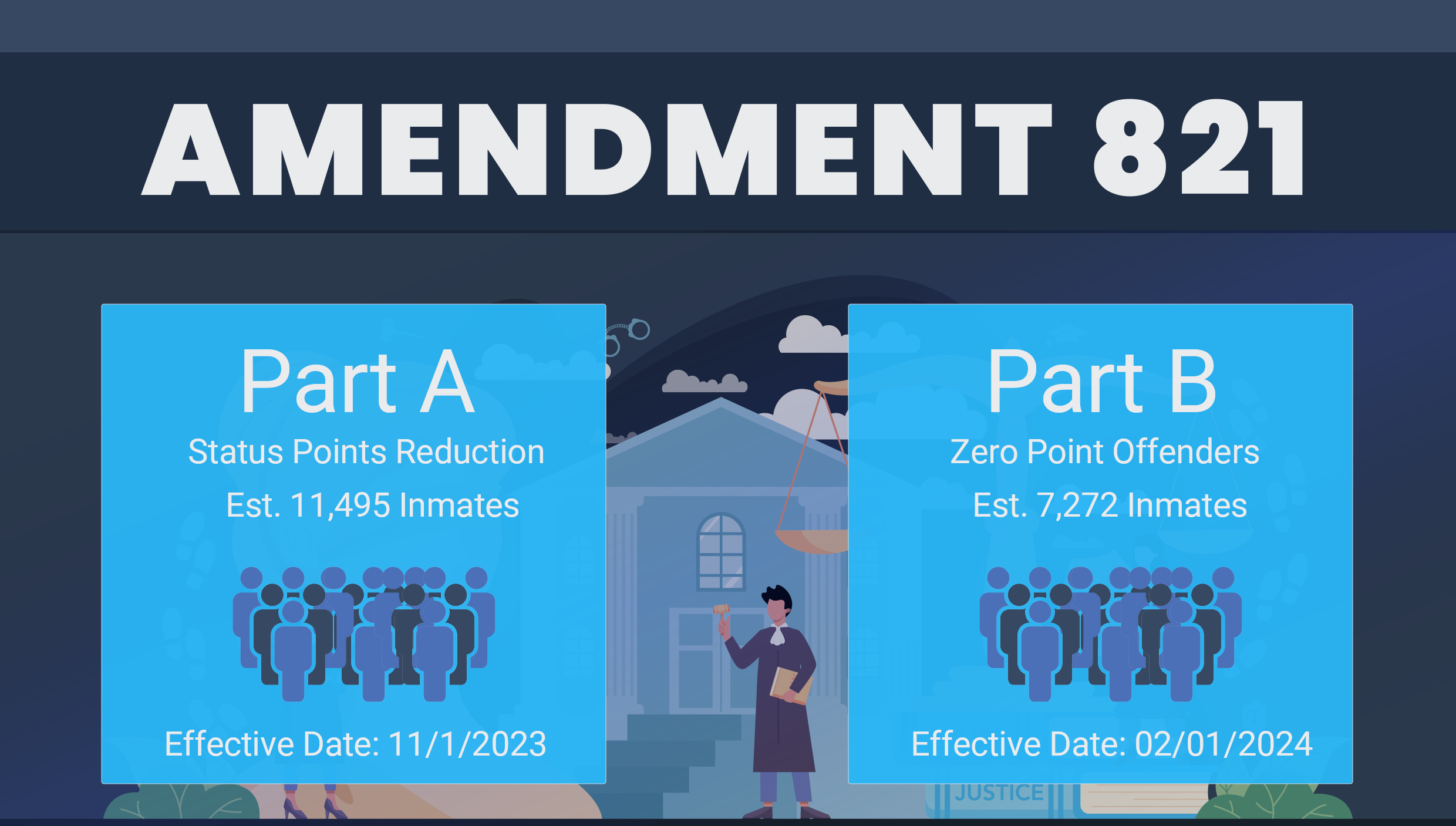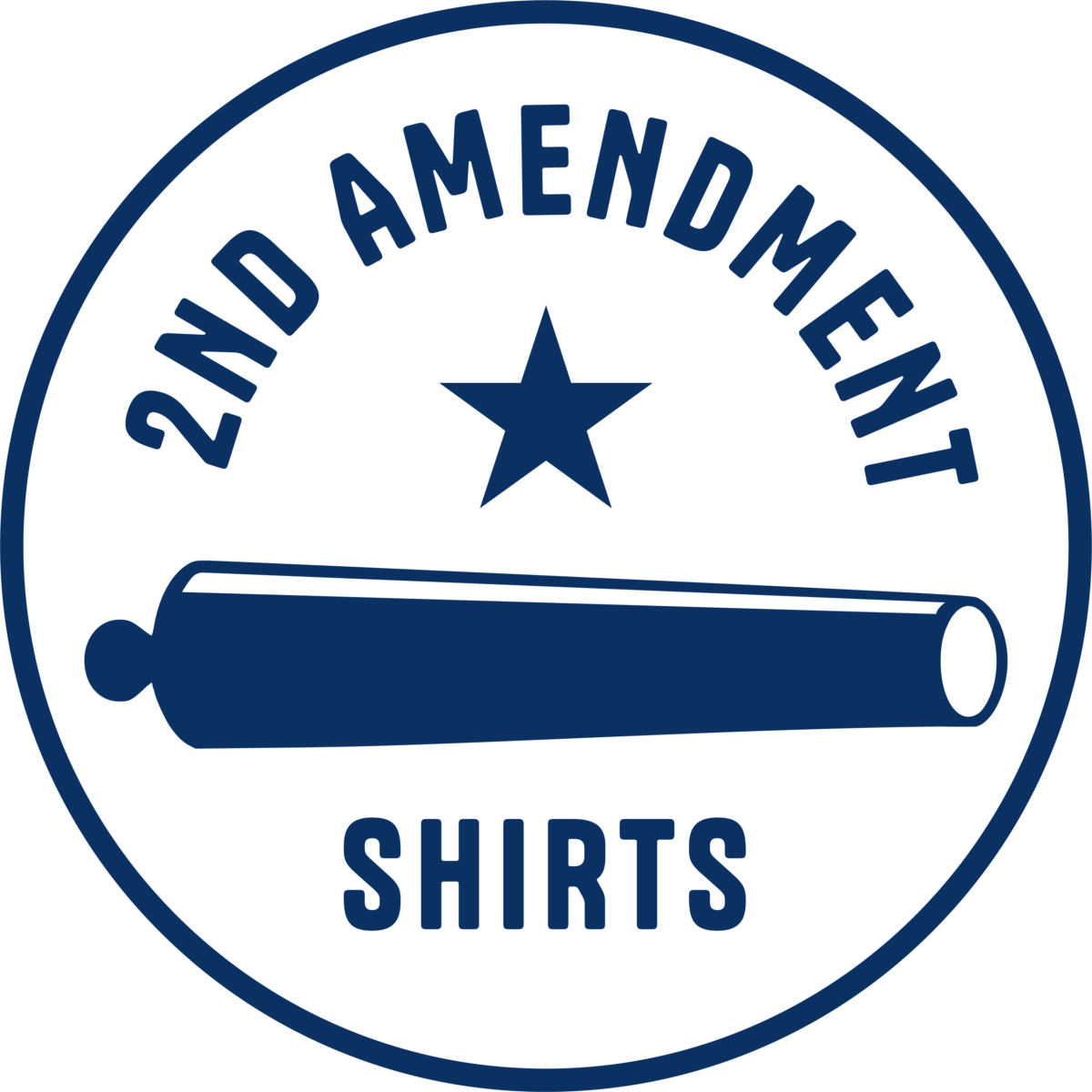Exploring The Role Of 2nd Amendment Auditing In Police Accountability
What does it mean to audit the police using the principles of the 2nd Amendment, and why has it become a topic of national discussion? In recent years, the concept of 2nd Amendment auditing the police has gained significant traction among activists, gun owners, and legal experts alike. This practice involves citizens exercising their constitutional right to bear arms while documenting law enforcement interactions to ensure accountability and transparency. With debates surrounding police reform and individual rights intensifying, the role of 2nd Amendment audits has become a focal point in discussions about civil liberties and public safety.
The rise of 2nd Amendment auditing the police is rooted in the broader movement for police accountability. Advocates argue that these audits serve as a check on law enforcement power, ensuring officers adhere to constitutional principles when interacting with armed citizens. By openly carrying firearms and filming their encounters with police, auditors aim to highlight potential overreach or misconduct, sparking conversations about the balance between public safety and individual freedoms. This practice has ignited both support and controversy, with proponents praising its role in safeguarding rights and critics questioning its potential risks.
As the debate unfolds, it’s essential to explore the motivations, methods, and implications of 2nd Amendment auditing the police. Are these audits a legitimate tool for holding law enforcement accountable, or do they pose unnecessary risks to both auditors and officers? By examining real-world examples, legal frameworks, and expert opinions, we can better understand the impact of this practice on society. Whether you’re a supporter, skeptic, or simply curious, this article delves into the complexities of 2nd Amendment auditing and its role in shaping the future of police accountability.
Read also:Table of ContentsPedernales Falls State Park A Natural Haven In Texas
- What is 2nd Amendment Auditing?
- Why Do People Audit the Police?
- Is 2nd Amendment Auditing Legal?
- How Does 2nd Amendment Auditing Work?
- What Are the Risks of 2nd Amendment Auditing the Police?
- Can 2nd Amendment Auditing Promote Transparency?
- What Do Experts Say About 2nd Amendment Auditing?
- Notable Cases of 2nd Amendment Auditing
- How to Stay Safe While Auditing the Police
- The Future of 2nd Amendment Auditing the Police
What is 2nd Amendment Auditing?
2nd Amendment auditing refers to the act of openly carrying firearms while documenting interactions with law enforcement. The goal is to test how police officers respond to individuals exercising their constitutional right to bear arms. This practice is often conducted by activists, gun rights advocates, and concerned citizens who seek to ensure that law enforcement respects the rights of armed individuals. By recording these encounters, auditors aim to hold police accountable and promote transparency in their actions.
Why Do People Audit the Police?
There are several reasons why individuals engage in 2nd Amendment auditing the police. One primary motivation is to challenge perceived overreach by law enforcement. Many auditors believe that police officers sometimes infringe on constitutional rights, particularly when interacting with armed citizens. By openly carrying firearms and documenting encounters, auditors hope to expose any biases or misconduct. Additionally, some see this practice as a form of activism, using their rights to spark broader conversations about police reform and accountability.
Is 2nd Amendment Auditing Legal?
One of the most frequently asked questions about this practice is whether 2nd Amendment auditing the police is legal. The answer depends on the specific laws of the state where the audit takes place. In states with open carry laws, individuals generally have the right to carry firearms in public, provided they comply with local regulations. However, auditors must also adhere to laws regarding recording public interactions and avoid behaviors that could be interpreted as threatening or obstructive. Legal experts recommend consulting local statutes and seeking legal advice before engaging in 2nd Amendment auditing.
How Does 2nd Amendment Auditing Work?
2nd Amendment auditing typically involves individuals openly carrying firearms in public spaces while recording their interactions with law enforcement. Auditors may visit locations such as parks, streets, or government buildings to observe how officers respond to their presence. During these encounters, auditors often remain calm and compliant, ensuring they do not escalate the situation. The recorded footage is then shared online to raise awareness about police conduct and highlight any potential issues. This method has become a powerful tool for advocacy and accountability.
What Are the Risks of 2nd Amendment Auditing the Police?
While 2nd Amendment auditing the police can be an effective way to promote transparency, it is not without risks. One major concern is the potential for misunderstandings or escalations during encounters. Officers may perceive armed individuals as a threat, leading to tense or dangerous situations. Additionally, auditors may face legal consequences if they inadvertently violate local laws or fail to comply with police instructions. It’s crucial for individuals to weigh these risks carefully and take steps to ensure their safety while conducting audits.
Can 2nd Amendment Auditing Promote Transparency?
Proponents of 2nd Amendment auditing argue that it plays a vital role in promoting transparency and accountability within law enforcement. By documenting police interactions, auditors provide the public with valuable insights into how officers handle situations involving armed citizens. This footage can serve as evidence in cases of misconduct and help identify areas where training or policy changes are needed. However, critics question whether this practice truly fosters transparency or if it creates unnecessary tension between law enforcement and the public.
Read also:The Happiest Season A Celebration Of Joy Love And Togetherness
What Do Experts Say About 2nd Amendment Auditing?
Experts have differing opinions on the effectiveness and implications of 2nd Amendment auditing the police. Some legal scholars argue that it is a legitimate exercise of constitutional rights, while others caution against the potential risks and unintended consequences. Law enforcement professionals often express concerns about the safety of both officers and auditors during these encounters. Despite these varying perspectives, most agree that open dialogue and collaboration are essential for addressing issues of accountability and trust between police and the communities they serve.
Notable Cases of 2nd Amendment Auditing
Over the years, several high-profile cases of 2nd Amendment auditing have captured public attention. These incidents often involve auditors recording tense interactions with police, which are later shared online to spark discussions about accountability. For example, one case in Texas involved an auditor being detained after openly carrying a firearm in a public park. The footage from this encounter went viral, igniting debates about the balance between individual rights and public safety. Such cases highlight the complexities and controversies surrounding this practice.
How to Stay Safe While Auditing the Police
Safety should always be a top priority for individuals engaging in 2nd Amendment auditing the police. Here are some tips to minimize risks during these encounters:
- Know and understand local laws regarding open carry and recording public interactions.
- Remain calm and respectful when interacting with law enforcement.
- Avoid making sudden movements or gestures that could be misinterpreted as threatening.
- Clearly communicate your intentions and comply with lawful instructions from officers.
- Have a plan in place for handling potential legal issues or escalations.
The Future of 2nd Amendment Auditing the Police
As debates about police accountability and individual rights continue to evolve, the role of 2nd Amendment auditing the police is likely to remain a contentious issue. Advocates believe that this practice will become increasingly important as a tool for ensuring transparency and protecting constitutional freedoms. However, critics warn that without clear guidelines and safeguards, it could lead to unintended consequences. The future of 2nd Amendment auditing will depend on how society balances the need for accountability with the importance of maintaining trust and safety in law enforcement interactions.
Panda Without Black Spots: Unveiling The Unique Wonder Of Nature
Discover The Irresistible Flavor Of Costco Street Corn Dip
Discover Comfort And Style: The Ultimate Guide To Double Papasan Chair With Beige Cushion

Amendment 821 Part A & Part B Sentencing Stats

2nd_amendment_rights The Washington Standard